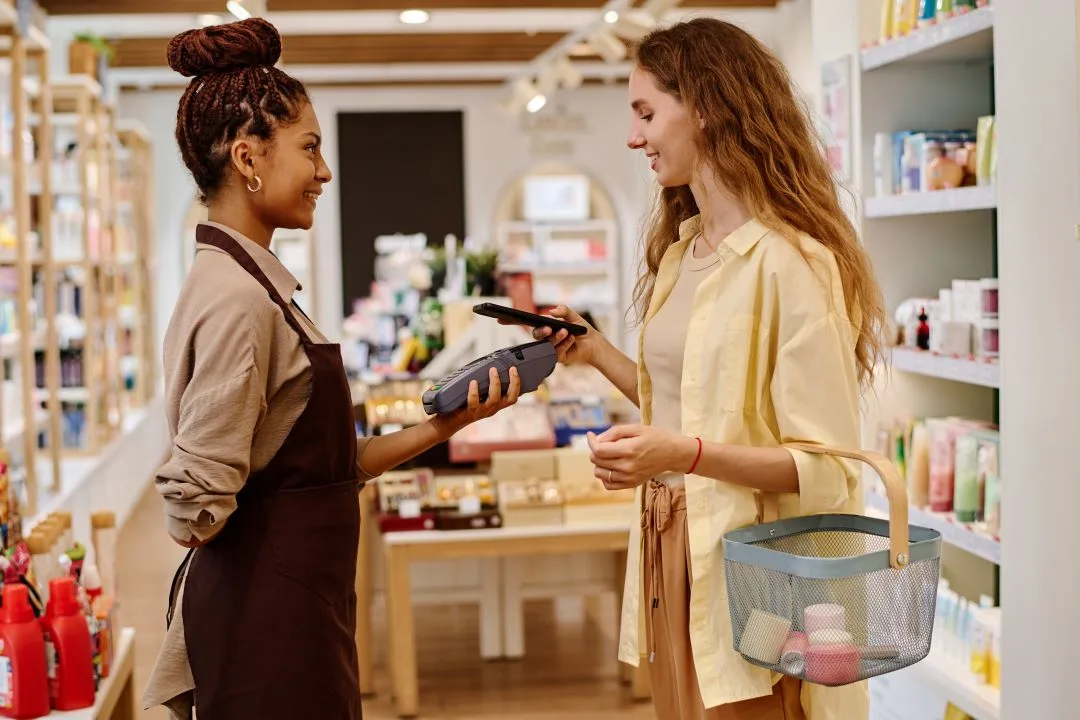
In recent years, we have seen a boost for digital business transformation accelerated by the pandemic, with great benefits for online commerce. In 2022 only, eCommerce is predicted to grow to a $5.55 trillion market, becoming more relevant than ever.
Meanwhile, merchants are faced with a frightening reality – an increase in fraud and cart abandonment. More specifically, according to FIDO Alliance, 13% of all 3DS payments are not completed, affecting about $60 billion in revenue globally.
Unnecessary friction can make a store seem unfriendly to customers. Optimising your payment process with minimal steps for a finalised purchase is how you set yourself up for success as a merchant.
To get you started on the right path, we’ll be looking at the most common reasons for cart abandonment connected to authentication issues:
1. Too many authentication steps for your customers
Payment authentication, or 3D Secure (3DS), is a technical standard that adds an additional layer of security to online credit card transactions. More recently, this has been upgraded to 3DS2, with a new layer of security which had to be implemented by all businesses.
However, not all businesses managed to implement 3DS2 in a way that causes less friction for their customers. Because of poor implementation, their customers often go through a lot of authentication steps which they often try to work around or avoid.
The basic two-step authentication is the most common one, which customers often try to avoid completing altogether. This makes your business more prone to fraud and chargebacks. And with the recent phishing attacks, businesses are realising that there is a need for more scarcity when it comes to two steps authentication as 64% of their customers refuse to use SMS OTPs altogether.
2. Passwords reduce account use
Another way businesses go about addressing authentication challenges is by offering their customers the option to use their account password. But, according to research, smartphone users are 1.2 times more likely to use the guest checkout option due to convenience. There is a loss of customer data incurred, a loss of opportunities for loyalty, and, on average, lower spending as a result of this process. Even when customers do use passwords, 53% of them reuse the same password, making them more vulnerable to fraud and in response, making your business more prone to chargebacks.
3. A complicated banking checkout process
Payment authentication, or 3D Secure (3DS), is a technical standard that adds an additional layer of security to online credit card transactions. More recently, this has been upgraded to 3DS2, with a new layer of security which had to be implemented by all businesses.
However, not all businesses managed to implement 3DS2 in a way that causes less friction for their customers. Because of poor implementation, their customers often go through a lot of authentication steps which they often try to work around or avoid.
The basic two-step authentication is the most common one, which customers often try to avoid completing altogether. This makes your business more prone to fraud and chargebacks. And with the recent phishing attacks, businesses are realising that there is a need for more scarcity when it comes to two steps authentication as 64% of their customers refuse to use SMS OTPs altogether.
Three ways to address authentication challenges with 3DS2
At Trust Payments, we have worked with our customers to address these challenges through our 3DS API – a powerful tool which uses a server-to-server integration to provide fraud protection through authentication.
We work with businesses to offer tailored support from experts who understand how your customers think. We do this by:
International growth and currency support
Is your proposed acquirer active in the countries you are trading in? Do they support multiple currencies? Your customers will be deterred if they cannot make a payment in their local currency.
Integration with your current payment systems
Does this acquirer work with your payment gateway? Does it support subscriptions and recurring payments? The last thing you want to do is frustrate your customers because their payments keep getting rejected.
Keeping things simple
It’s best advised to simplify all your payment processes by centralising all your payments with one supplier. This will give you a clear overview of your business and spending, as well as one central point of contact.
Make payment authentication easier today
Talk to the Trust Payments team today to learn more about how we can best support you by creating a frictionless journey for your customers.




